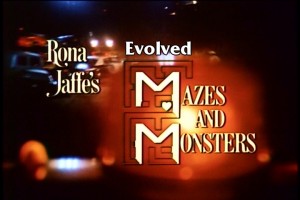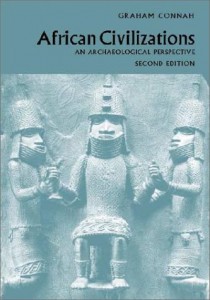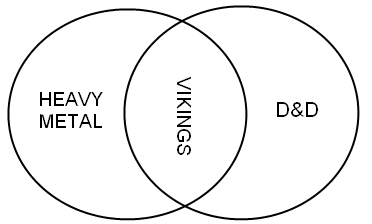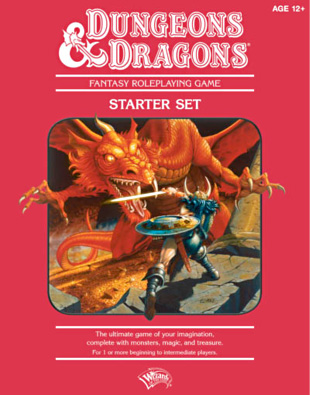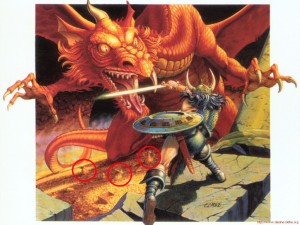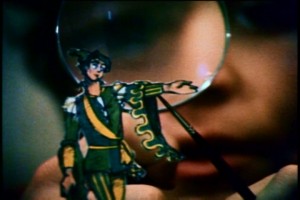I’ve mentioned that recent young-adult fantasy book/movie series are beginning to look like teen origin stories in a D&D party. Harry Potter is the teen wizard, Percy Jackson is the teen fighter, the Sorcerer’s Apprentice, whatever’s his name, is the teen sorcerer.
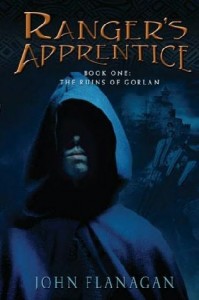 The newest member of the party is Will Treaty from “Ranger’s Apprentice”. This series already consists of nine books, and there is a movie in the works.
The newest member of the party is Will Treaty from “Ranger’s Apprentice”. This series already consists of nine books, and there is a movie in the works.
Not a bad party – still light on leaders and heavy on ranged strikers, but all in all, we have a lot of ugly ducklings whose latent heroic gifts make them very special swans – swans with explicit D&D classes.
As far as I know, D&D isn’t really big among young-adult fantasy readers – I think it’s bigger among guys who were young-adult fantasy readers about 30 years ago. But I’m pretty sure that the kids who read and watch these books and movies would like playing D&D – if they knew what it was.
I don’t know if WOTC will be able to capitalize on this market. I don’t think they have the money to put commercials for the Essentials starter set in front of the “Ranger’s Apprentice” movie; get back-page ads in young-adult fantasy novels; get tie-in games with the Artemis Fowl, Inkheart, and Septimus Heap franchises. Too bad, because it would be cool to see what another generation would make of D&D.



